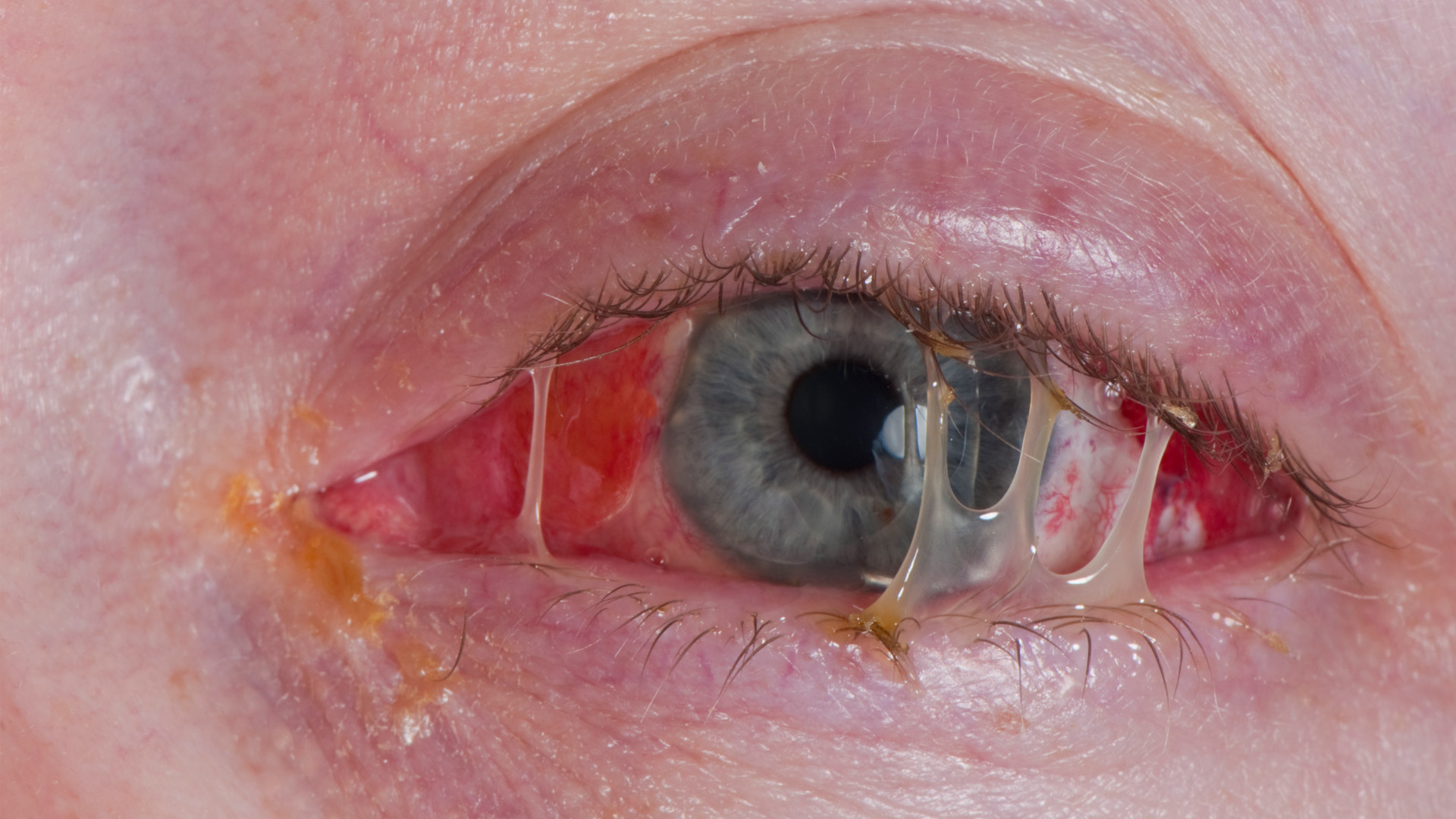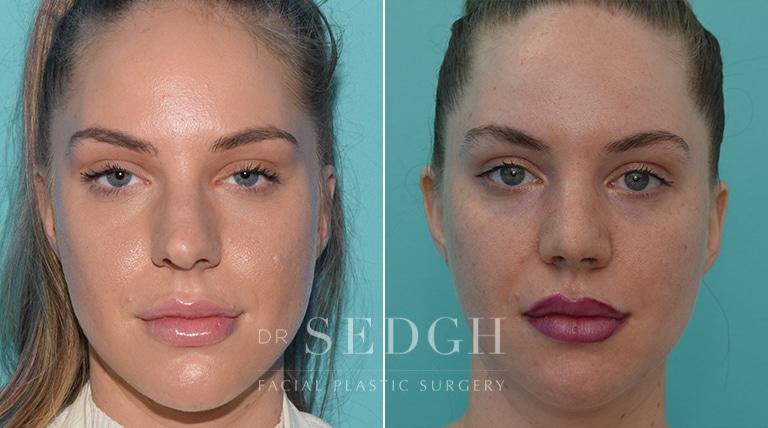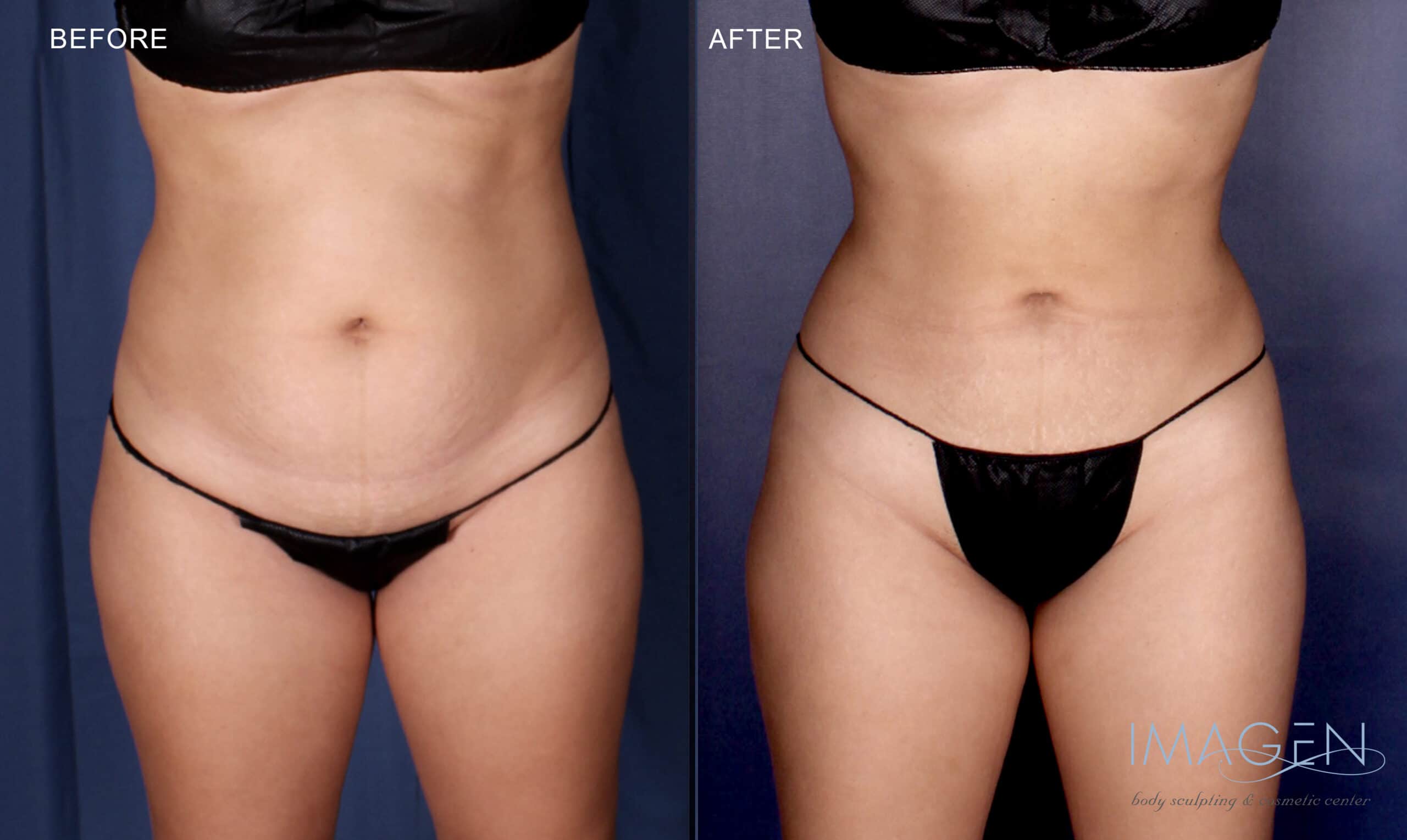
Botox to reduce wrinkles under eyes is a treatment that can be used as an anti-aging method. Botox may be effective in some cases but it's not always the most effective. Let's examine the procedure and discover its advantages and disadvantages. Since we all want to appear younger, we'll look at all our options.
Dermal fillers
Cosmetic surgeons can inject fillers under the eyes. However, there are potential side effects. The majority of side effects associated with dermal fillers will be minor and short-term. However, people can experience bruising or redness as well as itching, redness, and numbness. Some people may experience prolonged swelling, but this is rare. Ice packs and other treatments will often be recommended by your doctor to alleviate any discomfort or pain.
Dermal fillers are more natural than traditional surgeries. They are light-weight and can be applied in a matter of minutes. The treatment area will feel natural to touch and facial expressions will be free of any restrictions. Additionally, the results will be subtle so that the patient doesn't appear to have undergone a cosmetic procedure. However, if you're concerned about your appearance, dermal fillers are an excellent choice. These are a great choice to treat sunken eyes or tear troughs. They can be easily removed with an enzyme called hyaluronidase.

Laser resurfacing
Your first consultation will be spent discussing all options for wrinkle treatment around your eyes. Laser treatments are possible depending on what type of problem you have. Chemical peels can help with superficial undereye wrinkles. This is because they remove the skin's top layer and make the skin smoother. Laser resurfacing can also improve pigmentation and minimize fine lines. A single treatment of laser will typically improve superficial wrinkles. More severe ones might require several sessions.
Patients are asked to wear nonstick dressings during this procedure. The treatment takes about 30 minutes per eye. Patients are advised to remove all makeup and facial care products. The treatment itself uses pulses of laser energy to remove the layers of skin. Laser treatment causes little pain so patients can go back to their regular routines right away. Afterward, the skin may feel a little warmer, but that should subside within a few hours.
Chemical peels
There are several different types of chemical peels for wrinkles under eyes. Alpha hydroxy acid is a naturally occurring fruit sugar acid and most chemical peels in this area contain it. It helps to remove the outer layer of damaged skin and stimulate healthy cell regeneration. This also encourages the production collagen which combats wrinkles. The skin is left with a feeling of moisture and appears firmer.
Some chemical peels can cause scarring to certain areas of your face. This can happen to some people more than others. However, these scars are usually easily treatable. Before the procedure, inform your dermatologist if you have had an outbreak of herpes. They may be able to prescribe medication to reduce the risk of a cold sore reoccurring. You should inform your doctor if there are keloids. However, infections can be rare.

Surgery
Rachel Nazarian (a Mount Sinai Hospital dermatologist) advises patients regarding precautions before getting Botox. It is important to abstain from alcohol and blood thinners. Advil and Aleve are examples of such medications. Supplements with fish oil, turmeric, or garlic can also be included. These supplements can increase the likelihood of bruising. They may also be contraindicated to under-eye Botox treatments.
Costs for Botox injections under the eyes can vary greatly. While a single session might cost $200 to $800 for a treatment, others may charge by the region treated. Botox treatment for cosmetic purposes is not covered under insurance. Although this cosmetic procedure is very popular, no one knows if it will be effective for all wrinkles. Botox could be the solution you need to your wrinkles.